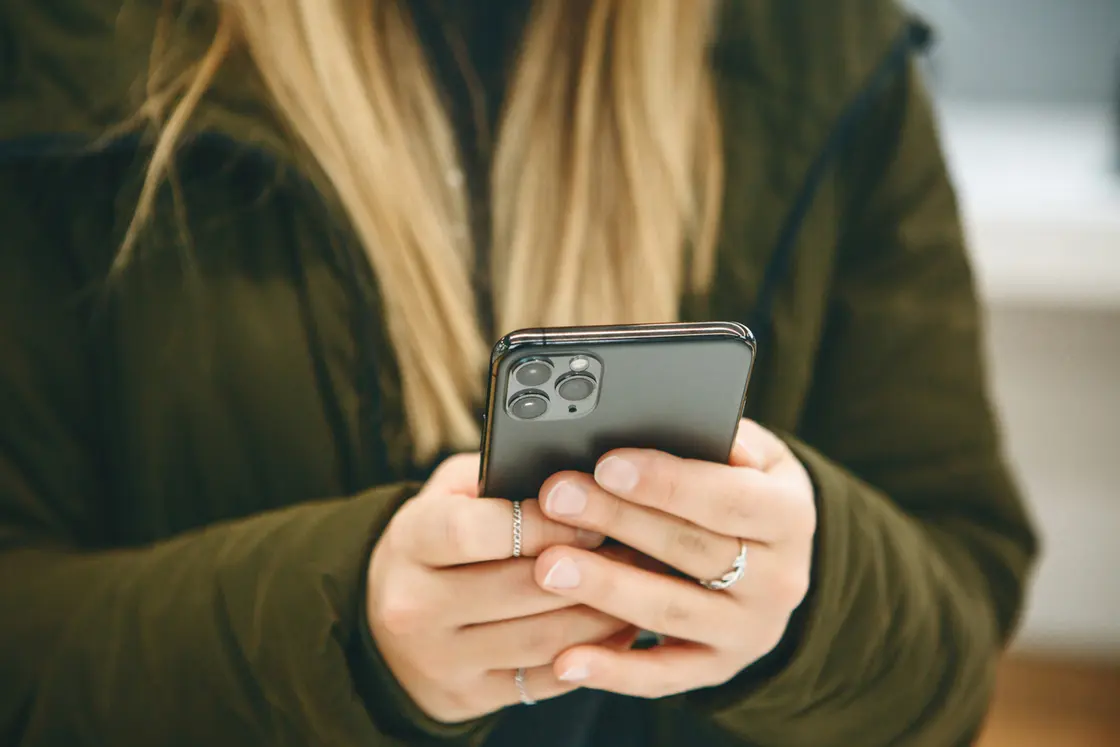In a significant move towards bolstering user privacy, Apple Inc. has updated its policy to align more closely with its tech counterpart, Google. This strategic shift mandates law enforcement agencies to obtain a court order before Apple discloses any instant notification data of its users. This decision emerges amidst heightened scrutiny over tech companies’ handling of sensitive user information.

Apple (iStock)
Policy Update and Implications
Apple’s updated guidelines, now articulated on its law enforcement page, clarify the conditions under which the company will share instant notification data. This data, encompassing text messages, emails, and app notifications, is critical for smartphone users to stay informed. However, its sensitivity cannot be understated, as it reveals details about the app initiating the notification, the timing, and the associated Apple or Google account.
Senator Ron Wyden highlighted this concern in a letter to Attorney General Merrick Garland, pointing out the potential misuse of such data, especially by foreign governments. Apple and Google have acknowledged instances where they complied with government requests, leading to a call for greater transparency.
Apple’s Legal Process Guidelines updated with stricter rules for notifications subpoena https://t.co/3JMVW0RDA6 #Apple
— AppleInsider (@appleinsider) December 12, 2023
Comparative Perspective with Google
Google already has a policy requiring a court order for releasing instant notification data. Apple’s alignment with this standard sets a new precedent in the tech industry, emphasizing user privacy and legal rigor.
Transparency Reports and Legal Demands
In response to public awareness, Apple has vowed to update its transparency reports to include such government requests. This move is seen as a step toward greater openness, allowing users and watchdogs to scrutinize the nature and extent of government surveillance.

Encrypted Messaging Apps: A Case Study
The article references the encrypted messaging app Signal, which notably avoids including identifiable user or device data in its instant notifications. This practice sets a benchmark for privacy-preserving communication in an increasingly surveilled digital landscape.

